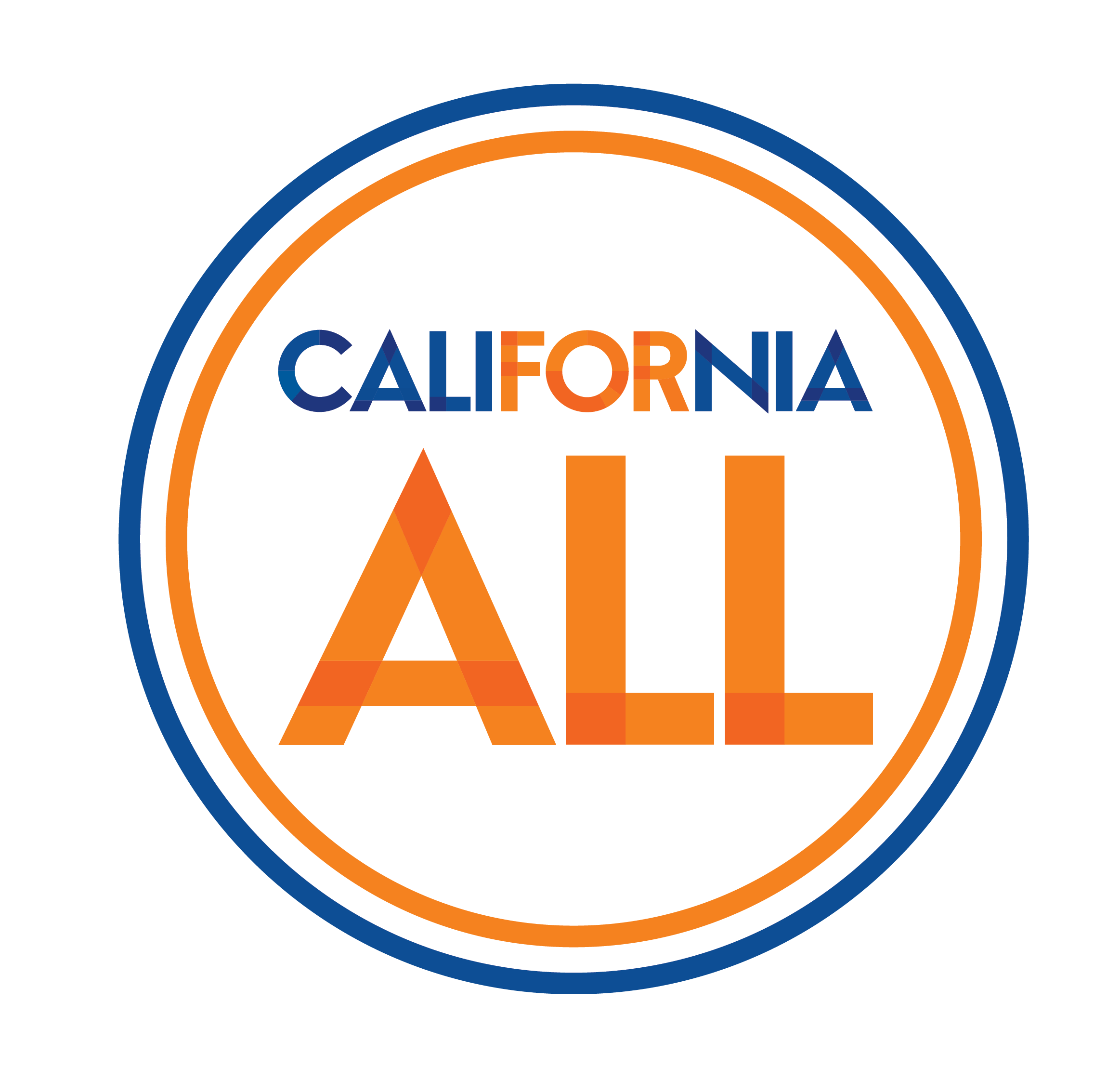Master Plan: 5 Bold Goals
Goal four for 2030
Goal four: Caregiving That Works
"We will be prepared for and supported through the rewards and challenges of caring for aging loved ones."
Track our progress at the MPA Data Dashboard.
At some point in our lives, most Californians will seek care from family, friends, or paid caregivers. Likewise, most Californians will also have the privilege and responsibility of caring for an olderloved one. The COVID-19 pandemic has meant even more of us are in one or both of those roles, in more challenging circumstances. Supporting caregiving for adults, like caregiving for children, is essential for family life, the economy, and a California for all ages.
Across California, almost five million family caregivers help their parents, spouses, and friends who need assistance with everyday tasks to live well in their homes and communities. Of these, almost 1.7 million are caring for someone with Alzheimer’s Disease or dementia, usually with little support or training. This constitutes about 4 billion hours of unpaid time, valued at $63 billion, each year. Women, particularly Black, Indigenous, Latino, and Asian-American women, are providing a disproportionately large share of this care – often while simultaneously caring for children. Households of color are more likely than white households to be multi-generational, which may indicate these families are more likely to be providing unpaid caregiving across the generations. As rewarding as this work may be, the time needed to care for a loved one can result in financial hardship and a decrease in lifelong Social Security earnings, which can continue the cycle of poverty and debt for low-income households. The emotional and physical stress of caregiving can also lead to poor health outcomes for the family caregiver.
Paid caregiving is essential to older adults’ ability to choose where to live. Caregivers provide direct care in many settings – in private homes, through community-based services like adult day centers, or in residential care homes, such as assisted living facilities or nursing homes. In the coming years, California will face a labor shortage up to 3.2 million paid direct care workers. Direct care workers earn less than half of California’s median annual income and one in four falls below the federal poverty line. Most caregiving jobs are held by women; many are immigrants, and they are twice as likely as other Californians to live in low-income households. Low wages, stress, and an elevated risk of job-related injury reduce prospects for financial stability for those employed in the caregiving workforce.
As the population age, and the need for caregiving increases, virtual caregiving and telehealth will become more vital for empowering aging adults, people with disabilities, and caregivers to age well at home. However, recent research has shown that older adults with dementia, hearing loss, and impaired vision may have a hard time using digital devices and programs designed without their needs in mind. The lessons from COVID-19’s rapid pivot to telehealth, coupled with California’s global leadership in the tech sector, have the potential to drive transformative advances in virtual care.
.png)
